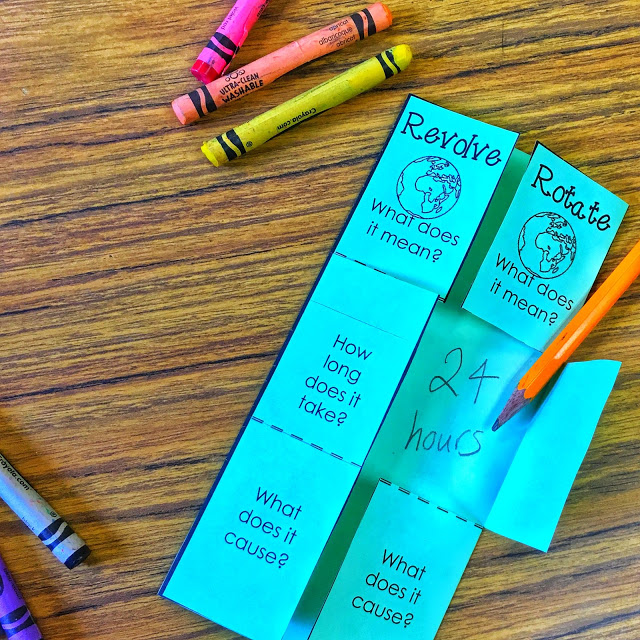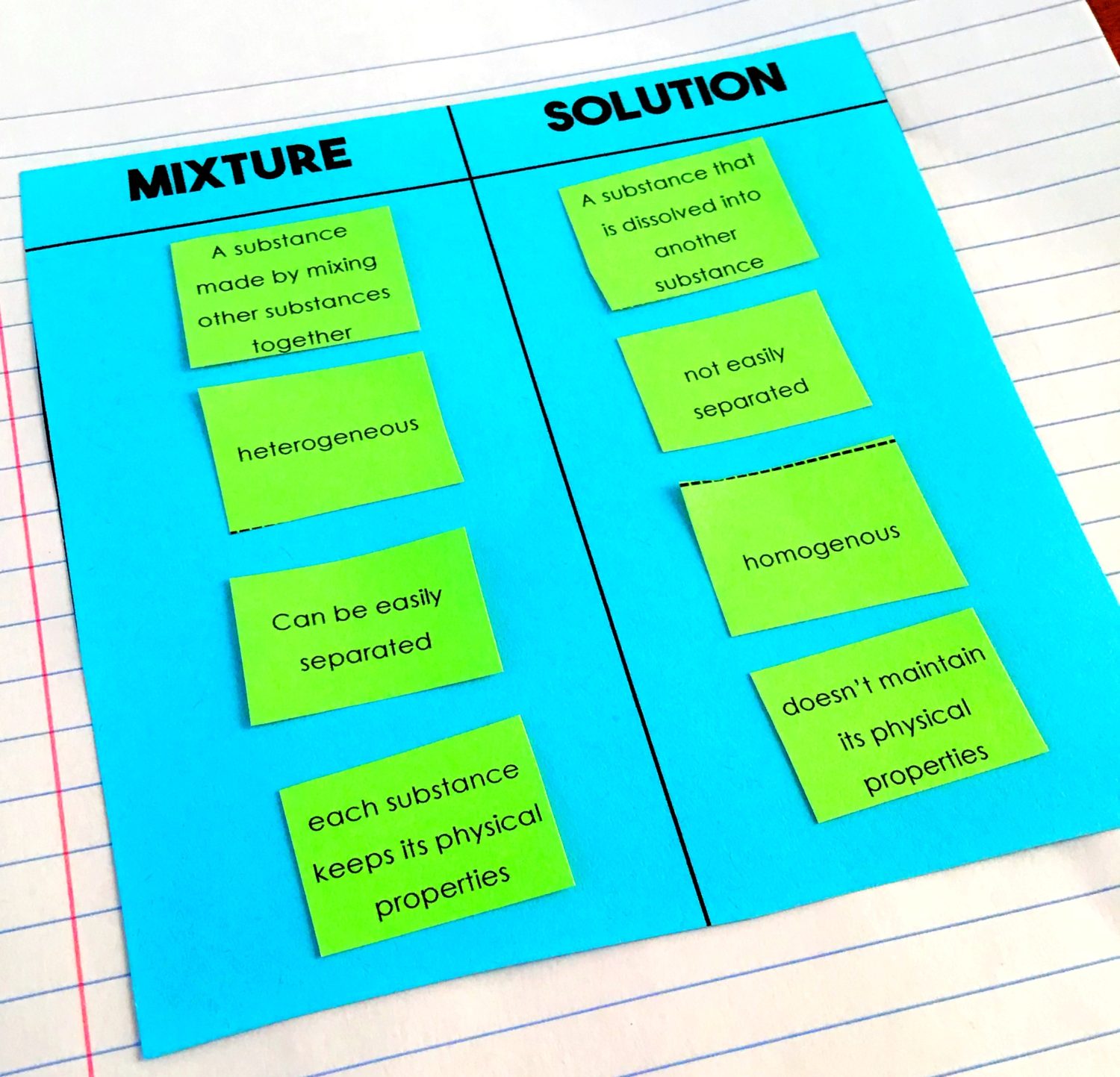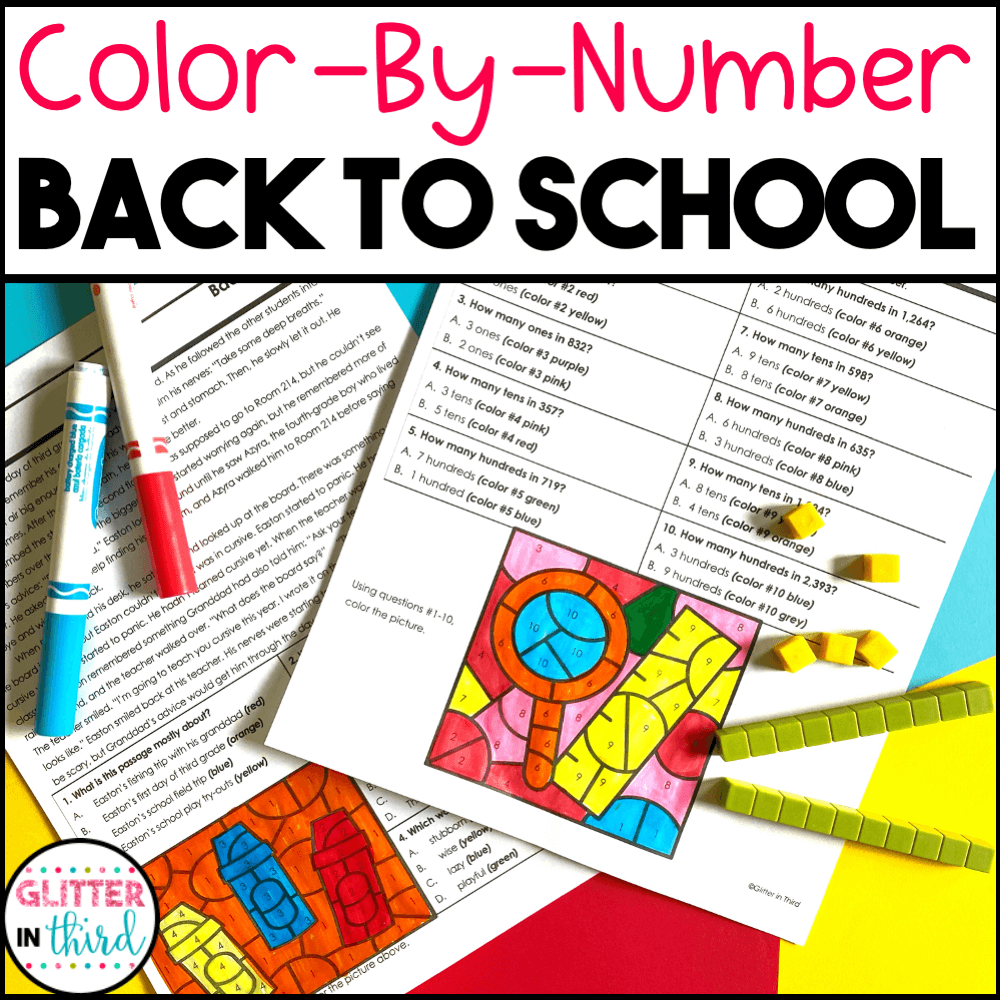Join the VIP Teacher Club!

Back to school is the perfect time to build classroom community and spark curiosity through hands-on science. Instead of waiting to dive into your curriculum, try these engaging science activities during the first week of school. They’ll help you introduce routines, explore student interests, and make science meaningful from day one.
These low-prep, high-impact lessons are ideal for 2nd, 3rd, and 4th grade classrooms. Each activity reinforces essential science skills like observation, teamwork, and critical thinking—while helping students get to know one another.
Back to school is the perfect time to build classroom community and spark curiosity through hands-on science. If you’re mapping out your week, I also shared my full First Day of 3rd Grade Lesson Plan—great to pair with these first-week science activities.
Science Skill: Engineering design & problem-solving
Each student writes one letter of their first name on individual index cards—one letter per card. Then, using only those cards and tape, they work to build the tallest freestanding tower they can. The challenge? They must try to use every letter card in their structure.
This activity is a fun and creative way to:
You’ll see collaboration, trial and error, and lots of excitement—plus, it doubles as a subtle name recognition activity during those first few days together.
Science Skill: Scientific identity & observation
This is one of my favorite ways to kick off the year. Students either draw themselves as a scientist or respond to prompts like:
It’s a fun, creative way to help students see themselves as scientists from day one. Plus, it gives you a window into their interests and helps spark great class conversations. You can display their work, add it to science notebooks, or revisit it later in the year to see how their thinking has grown.
Science Skill: Asking questions & making connections
Want a quick and meaningful way to kick off science while building classroom community? Try a partner interview! Write 2–3 simple science-themed questions on the board, like:
Pair students up and have them interview each other, then share what they learned with the class (“This is Diego—he wants to study volcanoes because he saw one in a book!”).
It’s a great way for students to meet new classmates, practice speaking and listening, and start connecting with science—and each other—right away. Plus, it gives you great insight into their interests for future projects or groupings.
Science Skill: Identifying tools & making predictions
Give students a chance to explore the room and review key science tools with a simple scavenger hunt. Create a checklist of common science tools (real or pictured)—like a ruler, hand lens, thermometer, beaker, or balance—and have students work in pairs to find each item.
As they locate each tool, they can discuss what it’s used for and check it off the list. It’s an easy way to:
This is especially helpful for setting expectations before you dive into hands-on investigations later in the year.
Science Skill: Scientific curiosity & goal setting
Students respond to the prompt: “If I were a scientist, I would…”
Give students a chance to dream big with this simple writing prompt:
“If I were a scientist, I would…”
Students can write about what they would study, where they’d work, or what problems they’d want to solve. Some might imagine discovering new animals in the rainforest, while others dream of inventing helpful gadgets or exploring space.
You’ll learn so much about your students in just a few sentences. Plus, their responses can help guide future lessons or science topics they’ll love.
Science Skill: Communication & evidence-based reasoning
Ask a fun, science-themed question like:
“Would you rather explore space, a volcano, the rainforest, or the ocean?”
Assign each option to a corner of the room. Students move to the corner that matches their choice, then turn and talk to others in their group about why they picked it. Afterward, invite a few students to share their reasoning with the class.
Science Skill: Observing with the senses
Fill a few small paper bags with everyday science-related objects—like a rock, sponge, pinecone, or magnet. Gather your class on the rug or in a circle and explain that students will be using only their sense of touch (no peeking!) to describe what’s inside.
Pass one bag around at a time, letting a few students take turns feeling the object. After each student has a chance, pause to ask:
Once everyone has shared their guesses, reveal the item and talk briefly about what it is and how it might be used or found in science.

If your students are loving science during the first week, it’s the perfect time to roll that momentum into something meaningful—like interactive notebooks!
These notebooks aren’t just for cutting and gluing—they give your students a space to think like scientists, explore big ideas, and reflect on what they’re learning in a way that sticks. They’re organized, engaging, and super easy to use—even if you’re short on prep time.
I’ve created interactive notebooks for 2nd, 3rd, 4th, and 5th grade and they’ve become one of my favorite tools in the classroom. Here’s why teachers love them:
Whether you’re introducing scientific tools, exploring mixtures, or splashing into ecosystems later in the year, these notebooks grow with your students—and make your science block easier to manage.
Check out my interactive science notebooks by grade level to find the one that best fits your classroom. You’ve got this!


I’ve got you! Grab two of my most loved color-by-number activities—one for place value and one for reading comprehension—totally free. Just drop your email below, and I’ll send them straight to your inbox. They’re the perfect low-prep review for those first busy weeks when you’re juggling all the things!
You don’t have to wait for the first unit in your textbook to start teaching science. These back to school science activities give students a chance to connect, explore, and build scientific thinking skills from the very first week. Whether you try one or all eight, your students will begin the year excited to be scientists in your classroom.

Hey there, I’m Kelly! I I love helping teachers save time with technology and resources so they have more hours in the day to spend with family and friends. Take a look around to find new ideas that you can implement in your classroom today!